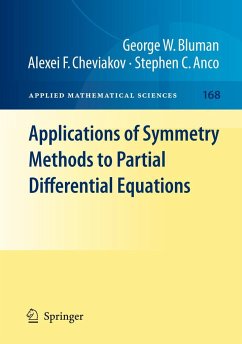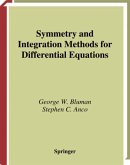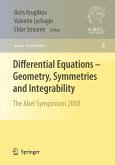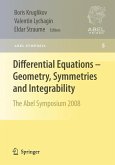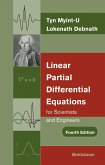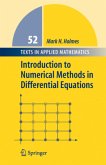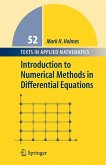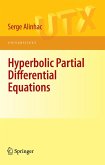This is an accessible book on advanced symmetry methods for partial differential equations. Topics include conservation laws, local symmetries, higher-order symmetries, contact transformations, delete "adjoint symmetries," Noether's theorem, local mappings, nonlocally related PDE systems, potential symmetries, nonlocal symmetries, nonlocal conservation laws, nonlocal mappings, and the nonclassical method. Graduate students and researchers in mathematics, physics, and engineering will find this book useful.
This book is a sequel to Symmetry and Integration Methods for Differential Equations (2002) by George W. Bluman and Stephen C. Anco. The emphasis in the present book is on how to find systematically symmetries (local and nonlocal) and conservation laws (local and nonlocal) of a given PDE system and how to use systematically symmetries and conservation laws for related applications.
This book is a sequel to Symmetry and Integration Methods for Differential Equations (2002) by George W. Bluman and Stephen C. Anco. The emphasis in the present book is on how to find systematically symmetries (local and nonlocal) and conservation laws (local and nonlocal) of a given PDE system and how to use systematically symmetries and conservation laws for related applications.
From the reviews:
"The book contains a wealth of practically relevant examples as well as numerous exercises to allow the reader to gain a working knowledge of advanced symmetry methods. Each chapter concludes with a discussion that provides helpful connections to the journal literature (collected in an extensive list of references). This book is carefully written and provides an excellent overview of this highly active branch of applied mathematics. Like its predecessors, it will be a standard reference in the field for years to come." (Michael Kunzinger, Mathematical Reviews, Issue 2011 d)
"The book contains a wealth of practically relevant examples as well as numerous exercises to allow the reader to gain a working knowledge of advanced symmetry methods. Each chapter concludes with a discussion that provides helpful connections to the journal literature (collected in an extensive list of references). This book is carefully written and provides an excellent overview of this highly active branch of applied mathematics. Like its predecessors, it will be a standard reference in the field for years to come." (Michael Kunzinger, Mathematical Reviews, Issue 2011 d)

